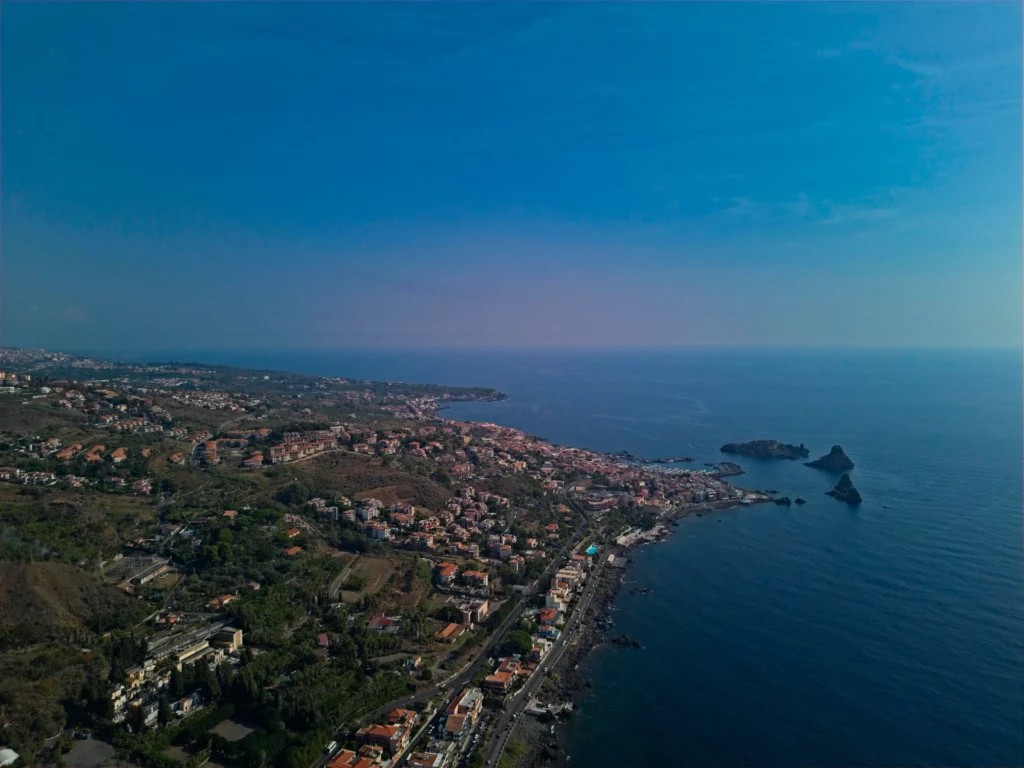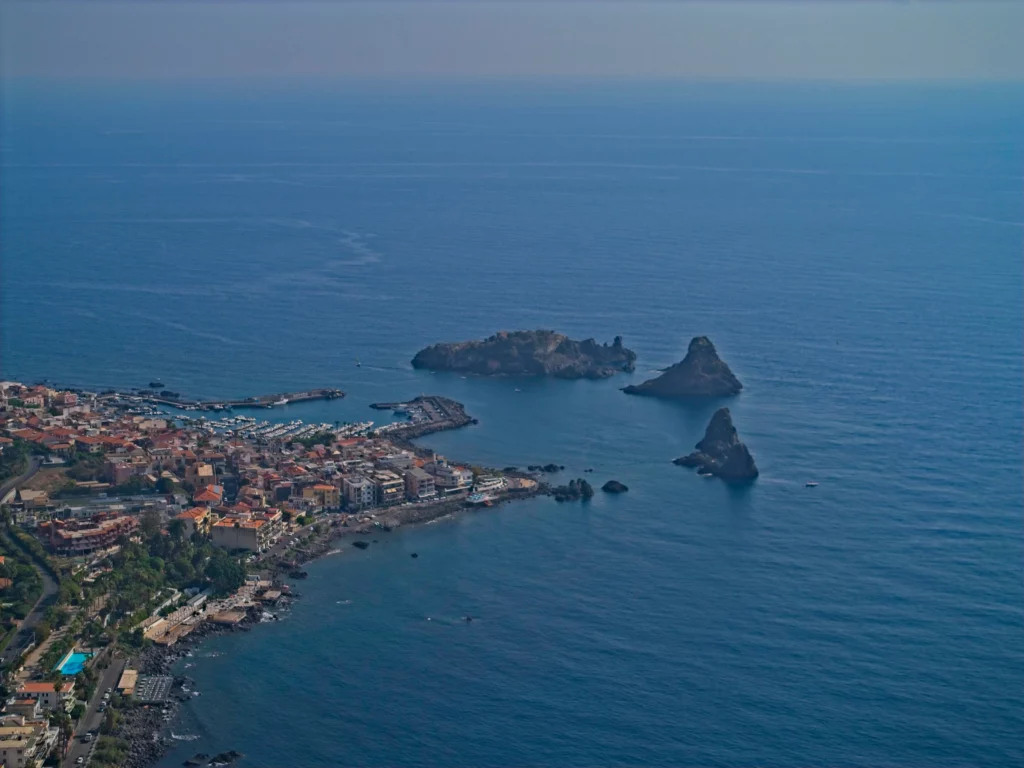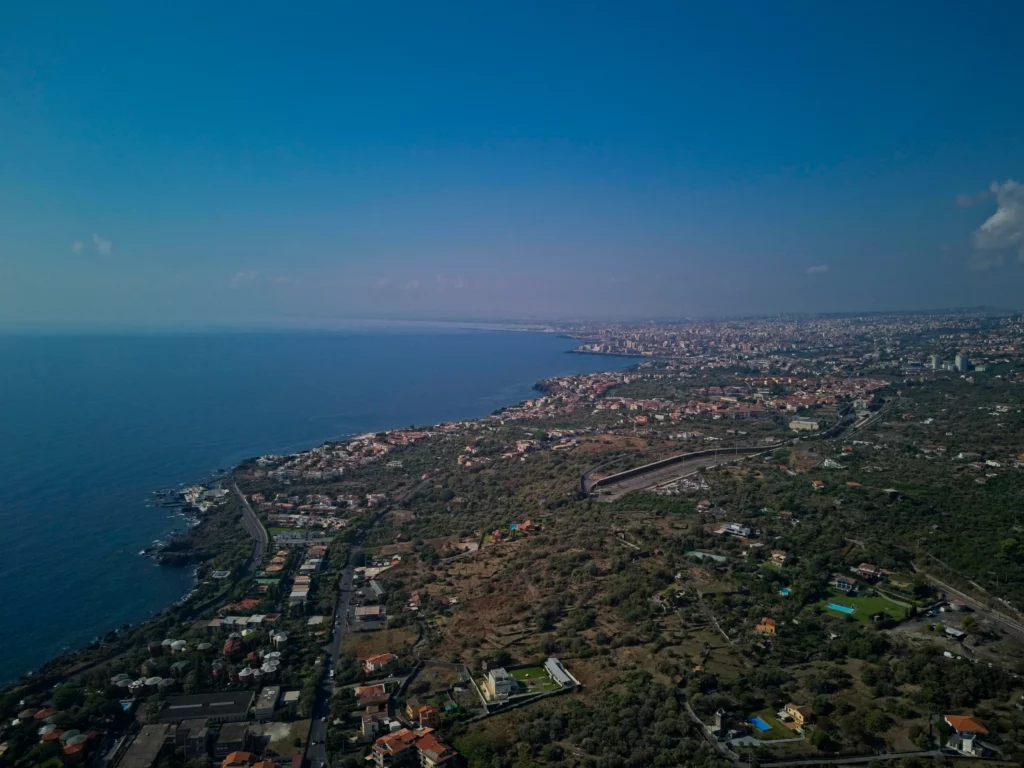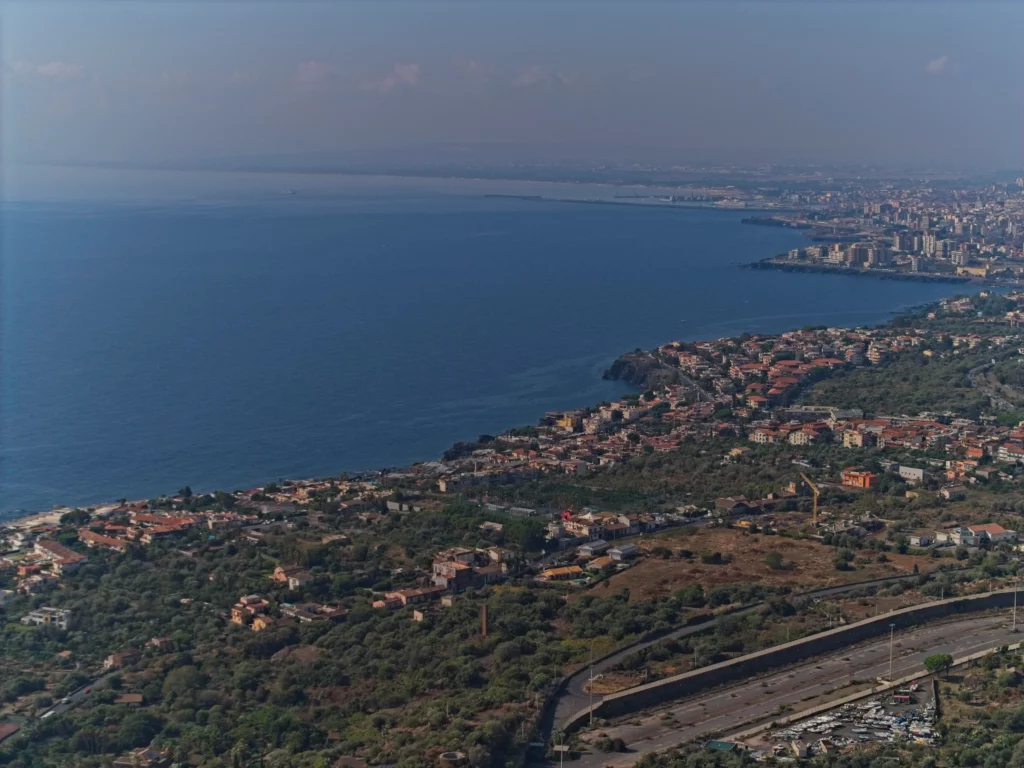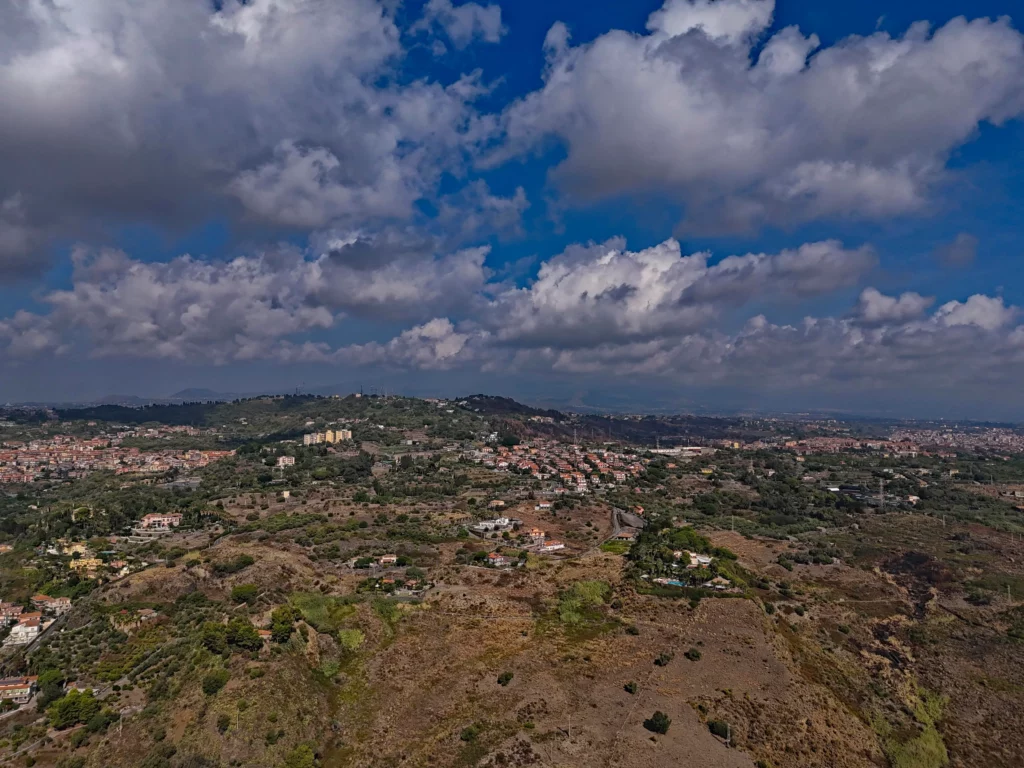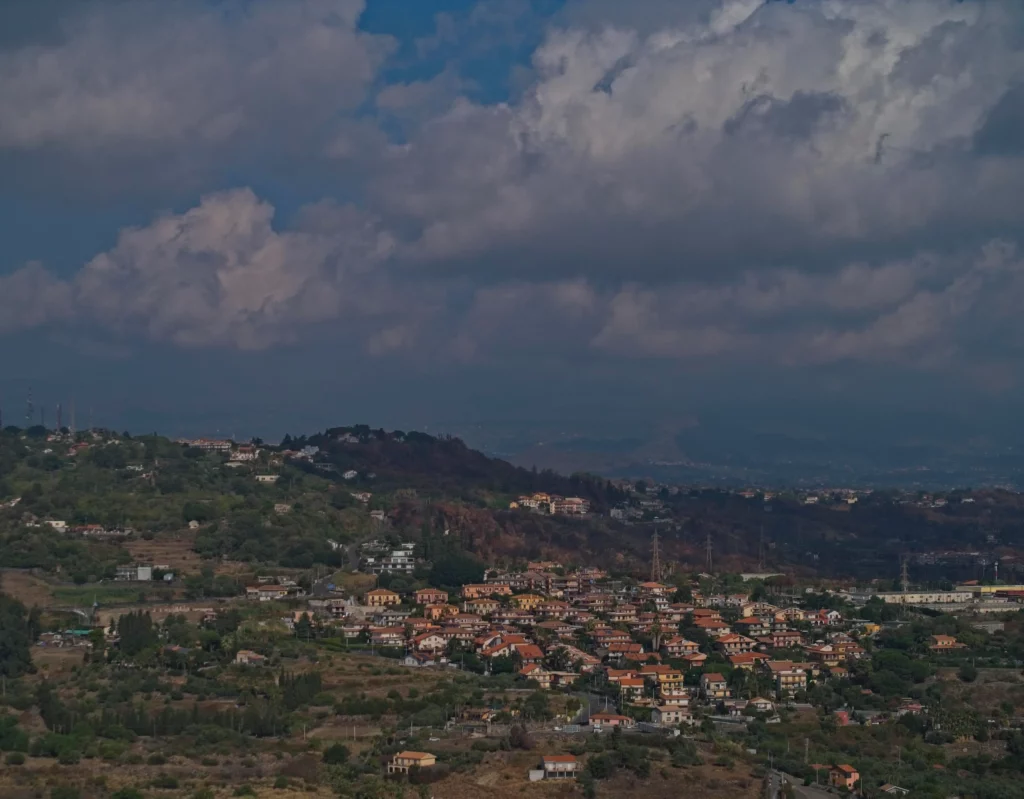The Mini 4 Pro and the Air 3 capture photos of outstanding quality. The results are very similar, with only a subtle difference in chromatic rendition. The game-changing feature of the Air 3 is its second lens, which expands the range of creativity
The Air 3 and the Mini 4 Pro were released only a month apart, an unusual move by DJI. The bigger model did not get the deserved attention on social media, it was somehow overshadowed by the Mini 4 Pro
In this article, I will concentrate on the photography side, to see which one to choose for users mainly interested in still images
You can check the prices for the different configurations of the Mini 4 Pro and the Air 3 through the buttons below (commission earned)
Further down, you will find plenty of downloadable images to better appreciate the subtle differences between photos taken with the two models
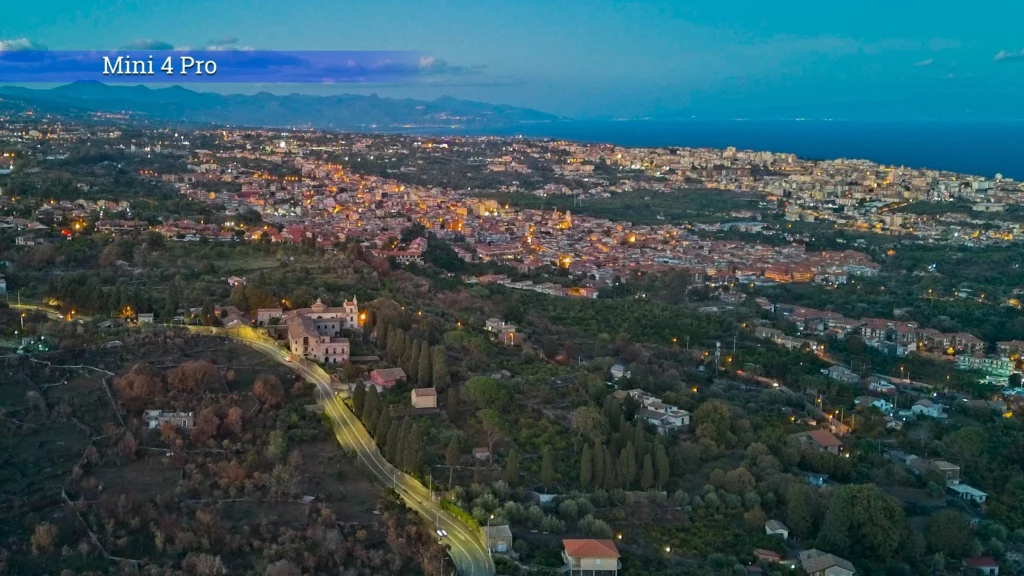
At the end of this article, you will find my YouTube video about the same topic, if you prefer watching rather than reading
Other related articles about photography with the two models:
- Mini 4 Pro vs Mini 3 Pro for photography
- Air 3 vs Mini 3 Pro for photography
- Photography with the Mini 4 Pro
- Photography with the Air 3
- Mini 4 Pro camera settings for photography
- Air 3 camera settings for photography
- Mini 4 Pro panorama photography
- Air 3 Panorama photography
- 48 MP mode with the Mini 4 Pro
- Automatic Exposure Bracketing with the Mini 4 Pro
- Mini 4 Pro night photography
Differences Between the Two Models
In many ways, the two models target two different types of users
Mini 4 Pro
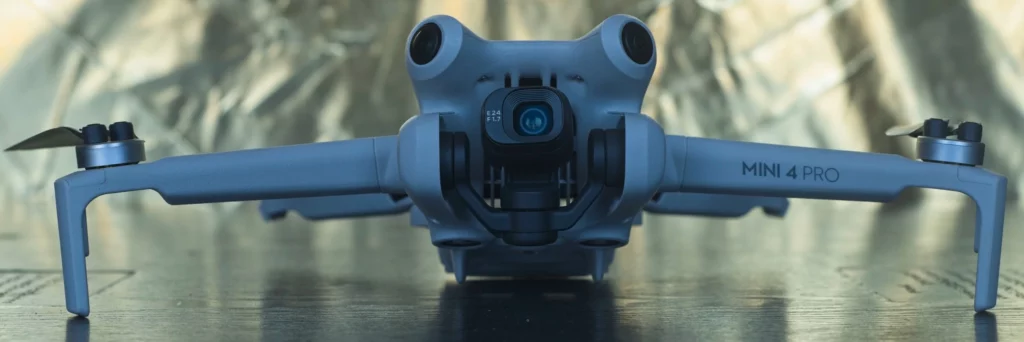
- It is a lightweight drone, below the critical threshold of 250 grams for more relaxed regulation, especially in urban environments
- Extremely portable, fits easily into a small bag. Ideal for traveling, hiking, or cycling
- The light weight comes at a price: to remain below the threshold, every gram must be shaved off, especially for a model packed with features
- Feels a bit flimsy, nowhere near the Air 3 in terms of build quality, power, speed, and wind resistance
- Can rotate the camera from the classic horizontal to vertical position, an important feature for social media, although more used for footage than for still images
- More affordable and aimed at users who are stepping into this hobby with less paperwork needed
- Also useful as a second drone for professionals or semi-pro photographers who own the Mavic 3 and use the Mini when packing light or for urban shootings
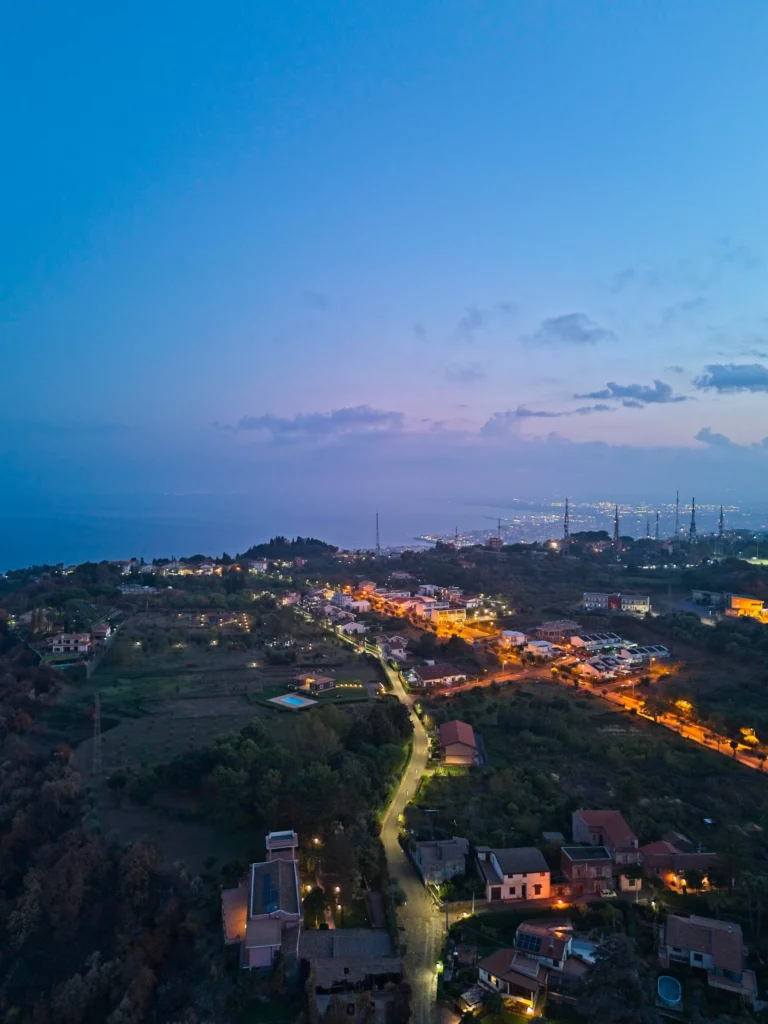
Air 3
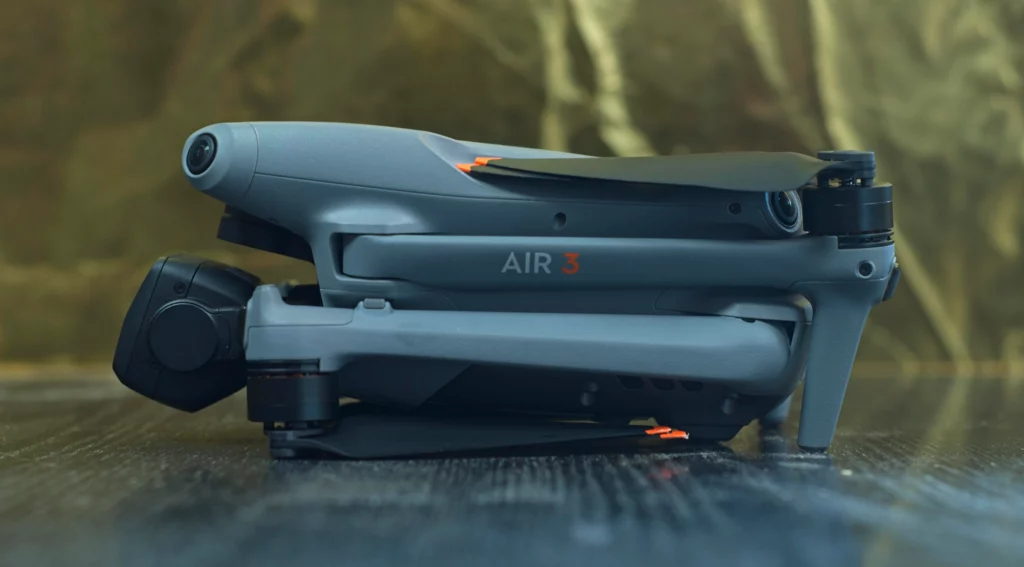
- Designed without weight constraints, its solid build quality instills confidence in case of small impacts
- Very powerful and capable of flying into strong winds, with an announced wind resistance of 12 m/s vs 10.7 for the Mini 4 Pro
- Much faster, especially when ascending or descending, with a vertical speed double that of the smaller model
- Weighs 720 grams, almost three times more, but I still consider it very portable. It fits in the small DJI bag and it is not a heavy burden to carry when hiking
- Both models have omnidirectional obstacle avoidance and state-of-the-art signal transmission thanks to the new remote control with external antennas and the new Ocusinc 4
- The Air 3 has an announced battery life of a whopping 46 minutes vs 34 minutes for the Mini 4 Pro, although a Plus battery is available for the lighter model to reach the same flight time as the Air 3. But it comes at a cost and it is not available in Europe
- The Air 3 gives a more enjoyable and safe flying experience and it is the one to choose for users living in windy areas. If I go for a week of shooting in Iceland or Michigan, I know which one I will put on the bag
Photography Specs
The Air 3 has an extremely important feature, the one that makes all the difference, for many users the deal maker. A dual lens system with a second telephoto lens. But more about it later on
The main wide-angle lens of the Air 3 is the same size as the one of the Mini 4 Pro: 1/1.3”. Both have a field of view of 24mm, an extremely wide aperture of f1.7, a photo resolution of 12 MP, and a 48 MP photo mode
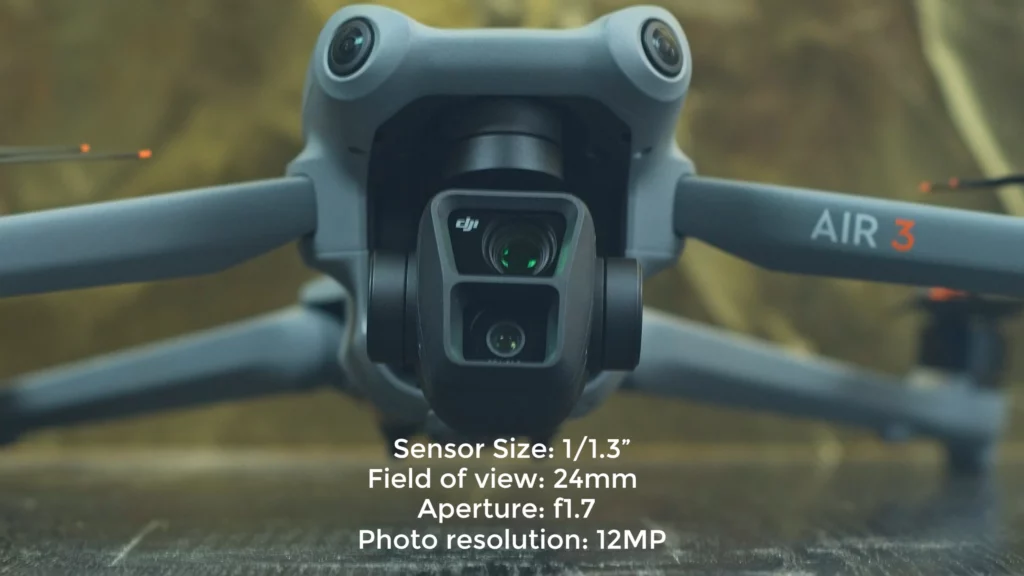
But is it the same sensor? This is a big mystery. According to many YouTubers, forums, and some well-known websites, the Air 3 has a stacked sensor from Omnivision, a relatively new technology that gives better results compared to sensors from previous generations
But if the Air 3 had a newer improved sensor technology, I would expect DJI to advertise it. The specs of the sensor are not mentioned anywhere by DJI
Assuming that the Air 3 has a stacked sensor, what about the Mini 4 Pro and the Mini 3 Pro? Here again, no info about it by DJI
I am inclined to believe that the two new models have a stacked sensor, but I cannot state for sure
In my photography comparison of the Mini 4 Pro vs the Mini 3 Pro and the one of the Air 3 vs the Mini 3 Pro, I have noticed a noticeable improvement in image quality in the two new models
According to DJI, they are equipped with an improved Smart Photo algorithm compared to the Mini 3 Pro which could explain the difference in image quality
Image Quality Comparison
Let’s see if we can spot major differences in image quality between the Mini 4 Pro and the Air 3, due either to a different sensor or to image processing
Daylight
Weather conditions here vary very quickly this time of the year and I was caught by the rain a couple of times during the shooting
So the images are not always taken with the two models immediately alternating, but I have tried to match the light conditions as much as possible
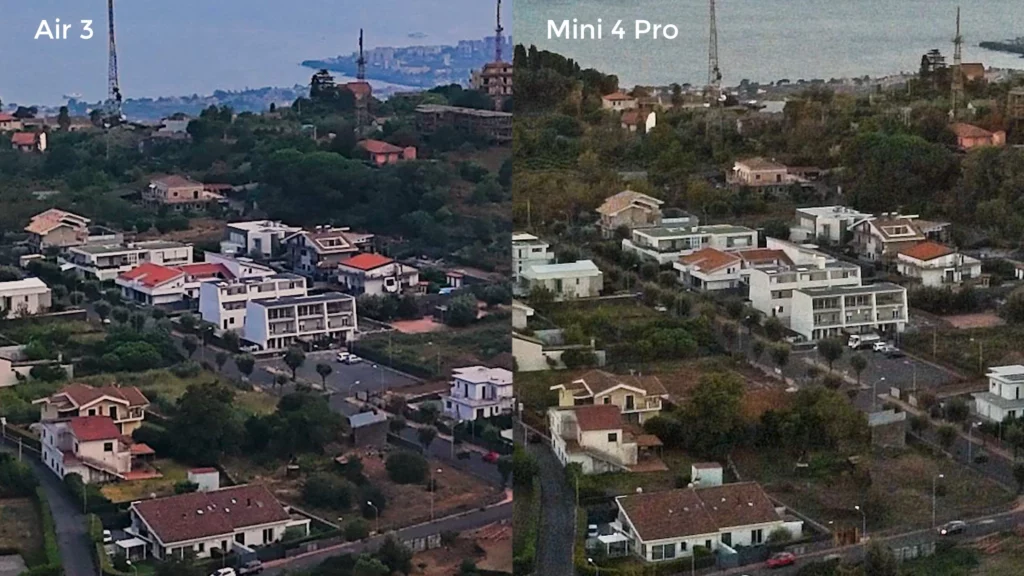
To me, the two models show a very similar amount of detail in all conditions. There is a slight difference in chromatic rendition, but I cannot say which one I prefer, I find them both very pleasing
The images taken with the Air 3 are practically noiseless, while the Mini 4 Pro shows a tiny amount of noise, but only in very deep crops, with nothing to worry about
For editing all the images, I have used Luminar Neo. It has a denoising tool that does an excellent job. You can read my article about it here
You will find info about Luminar Neo together with a coupon for a 10% discount by entering the code “vicvideopic” using the button below
Low Light
Night photography is an area where the Mini 3 Pro shows astonishing quality. The relatively small 1/1.3” sensor paired with the extra wide f1.7 aperture yields excellent results in low light, a big step forward compared to previous models
The two new models push the level even further, with astonishing detail in the shadows and beautiful colors
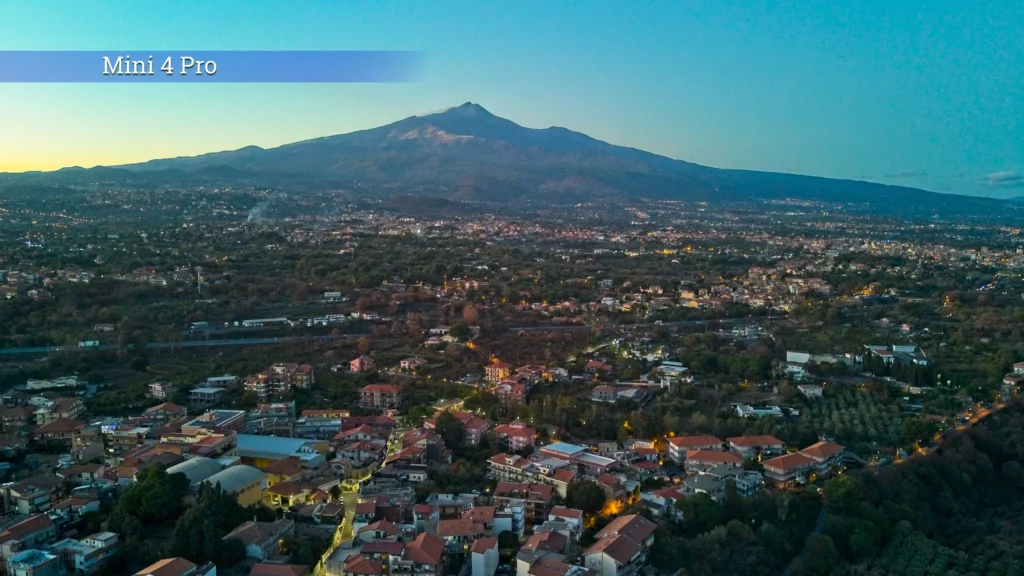
The results are very similar, maybe I slightly prefer the colors of the Mini 4 Pro
Telephoto Lens
And now the most important feature, the secret weapon of the Air 3, the 70mm moderate telephoto lens
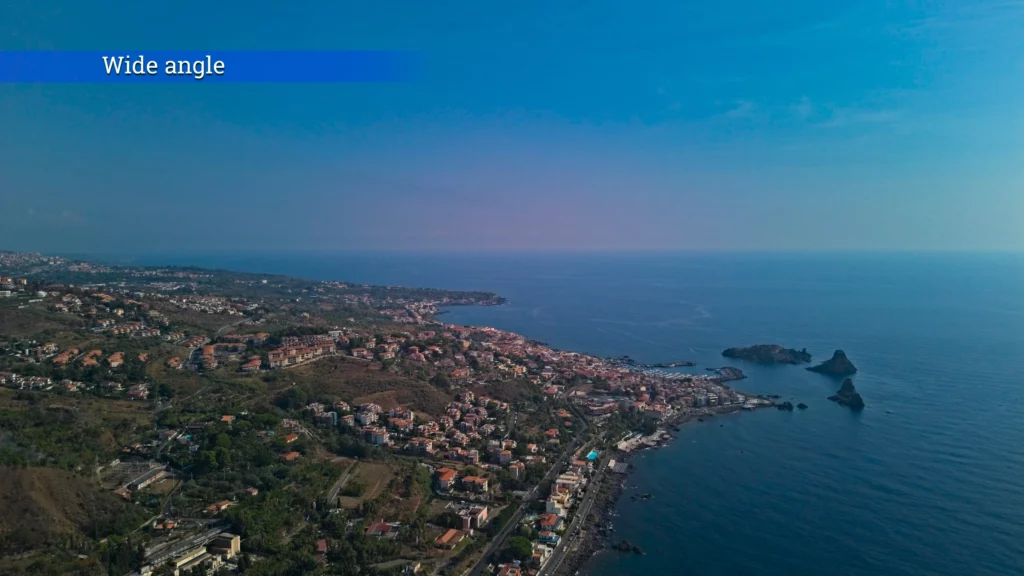
When I started using drones over ten years ago, the image quality was much lower compared to traditional DSLR cameras, but the thing that I missed the most was the possibility of swapping lenses of different focal lenses
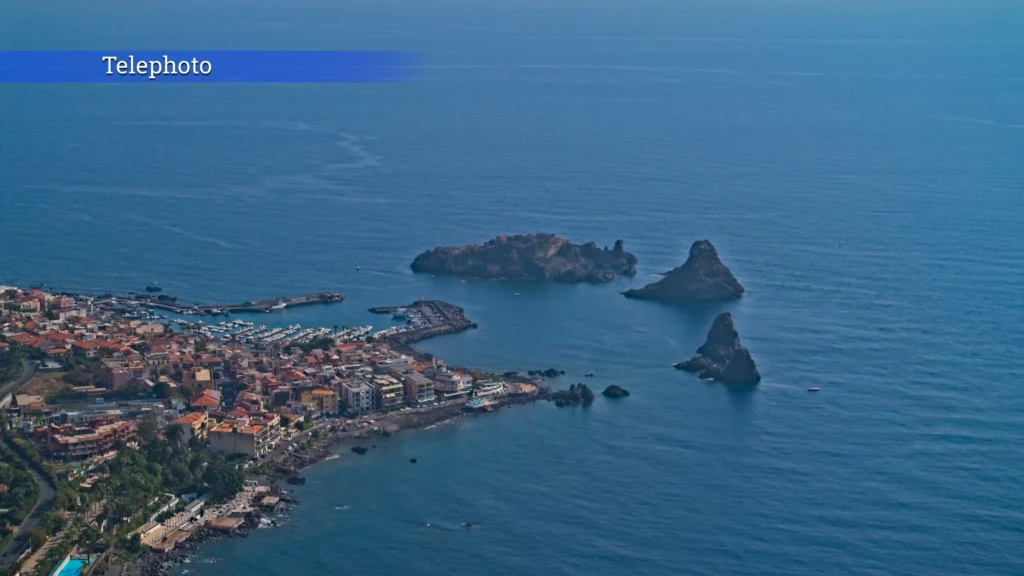
The second lens opens up new possibilities for reaching targets we cannot get close to, like urban scenes o wildlife, for more compression of the different layers of a scene, or a different point of view of the same subject
To me, it is probably the most important feature of a drone. Utilizing the dual lens system, I can efficiently capture all the images I need of a specific location during a brief photoshoot
The sensor of the telephoto lens has the same size as the wide angle, but the aperture is smaller at f2.8, so the images are slightly darker, with a bit more than one stop of difference
The quality is excellent, in my opinion, the images have a touch of extra contrast and very rich colors
Photo taken with the two lenses of the Air 3 integrate perfectly in the same projects
If You Prefer To Watch It As a Video
Downloadable images
Daylight
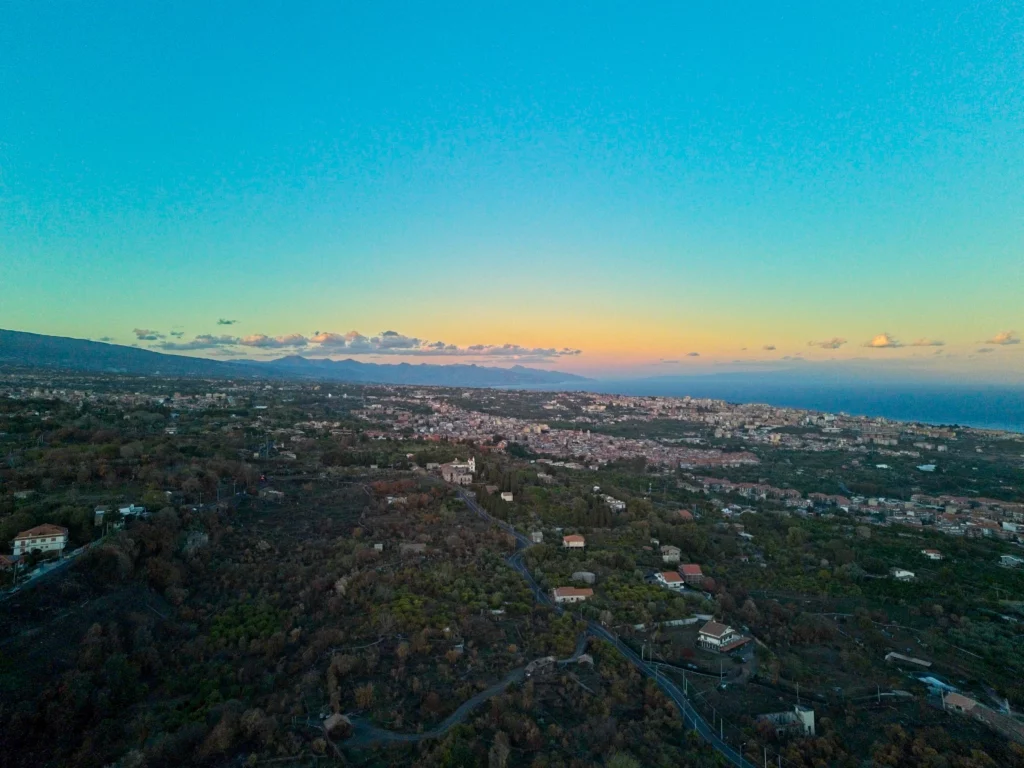
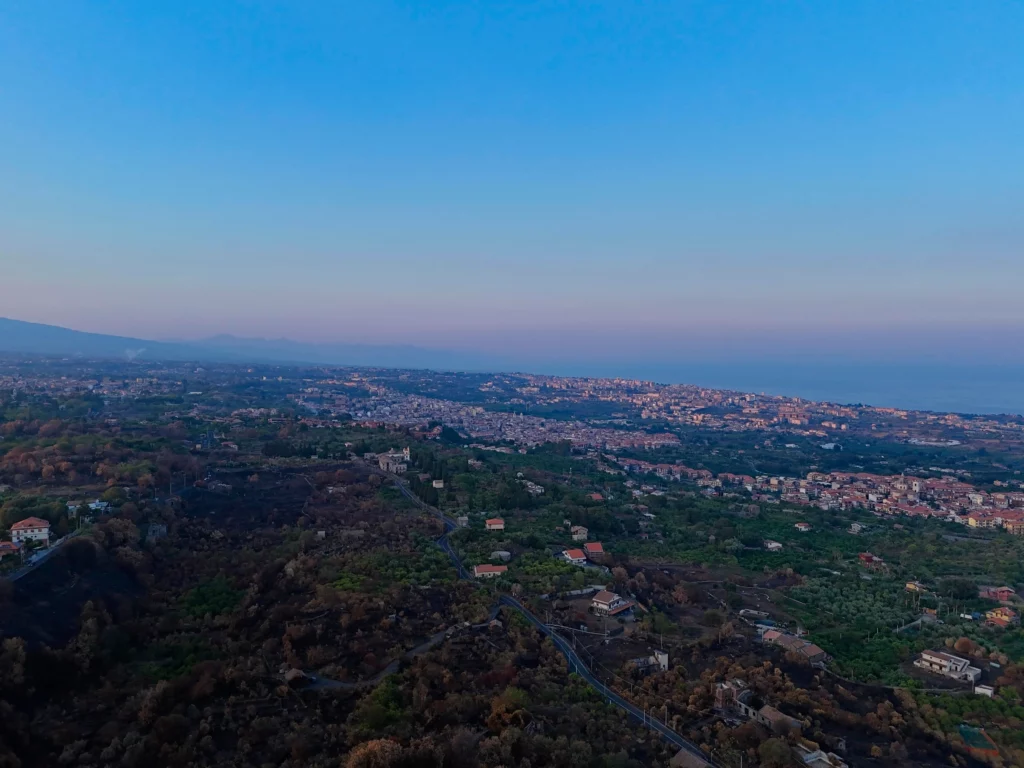
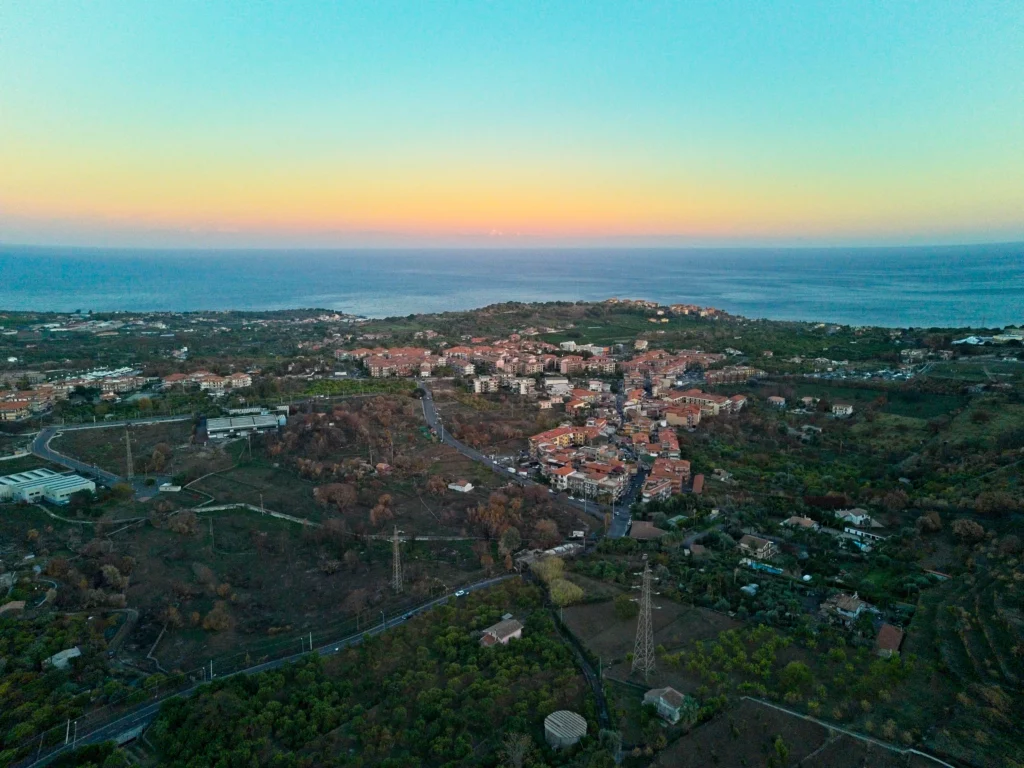
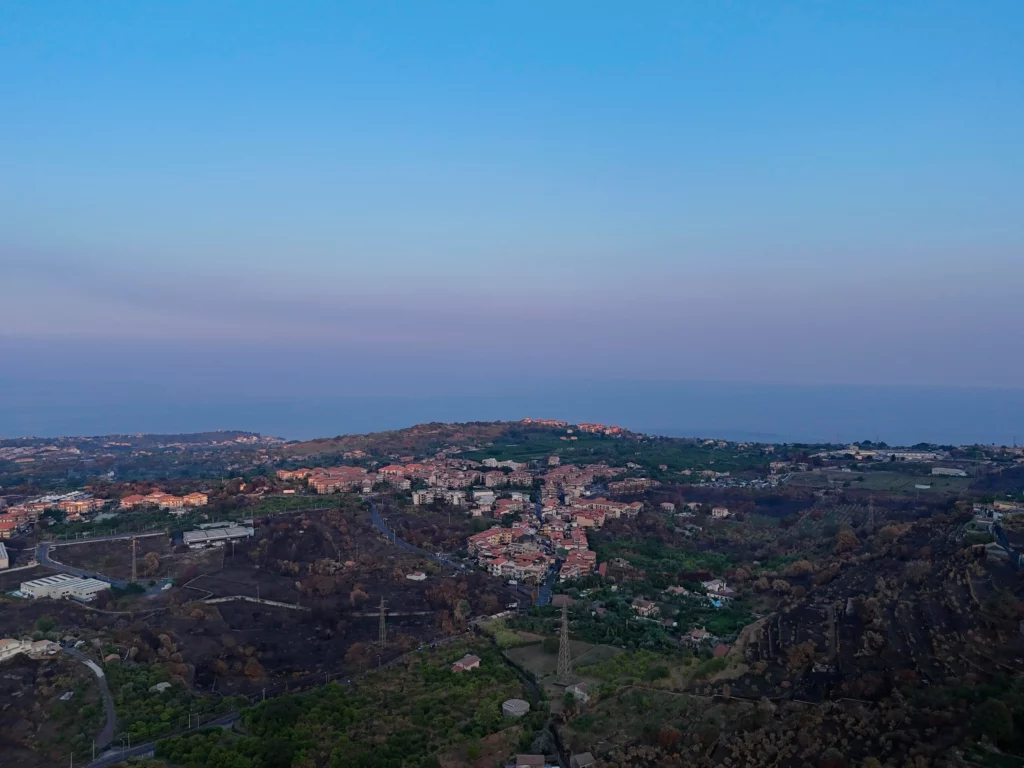
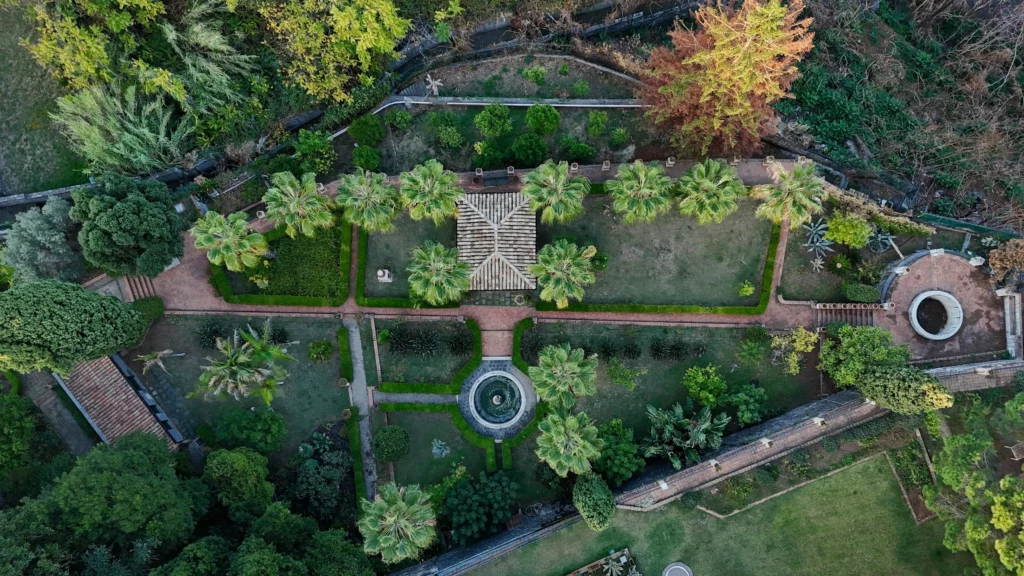
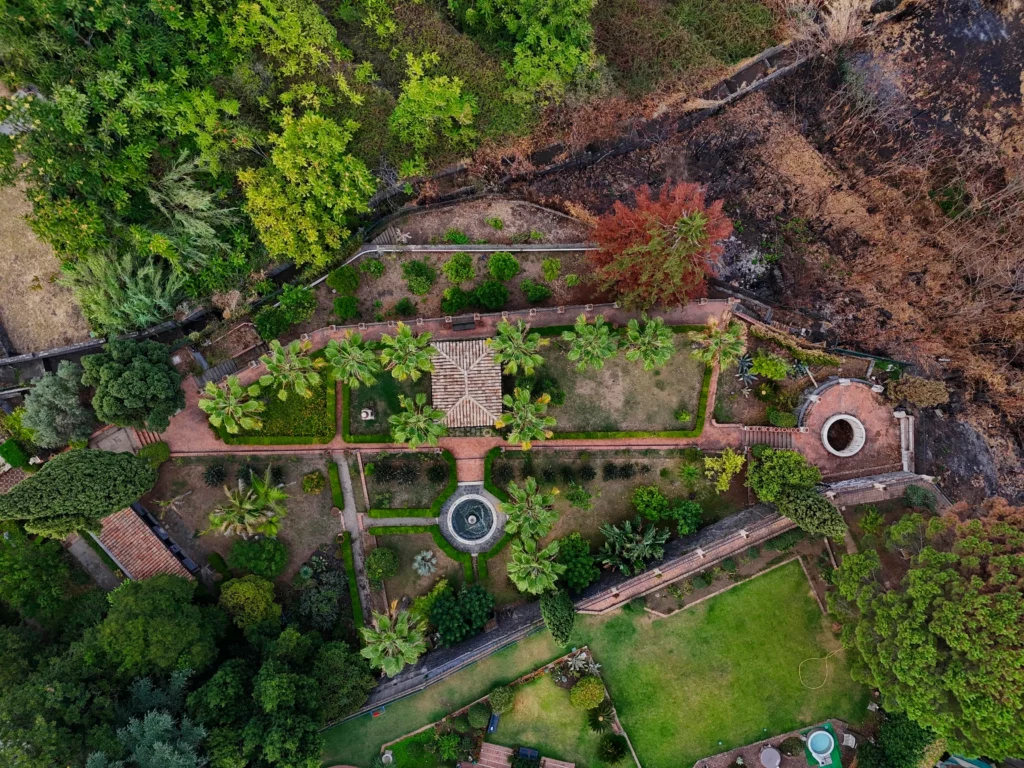
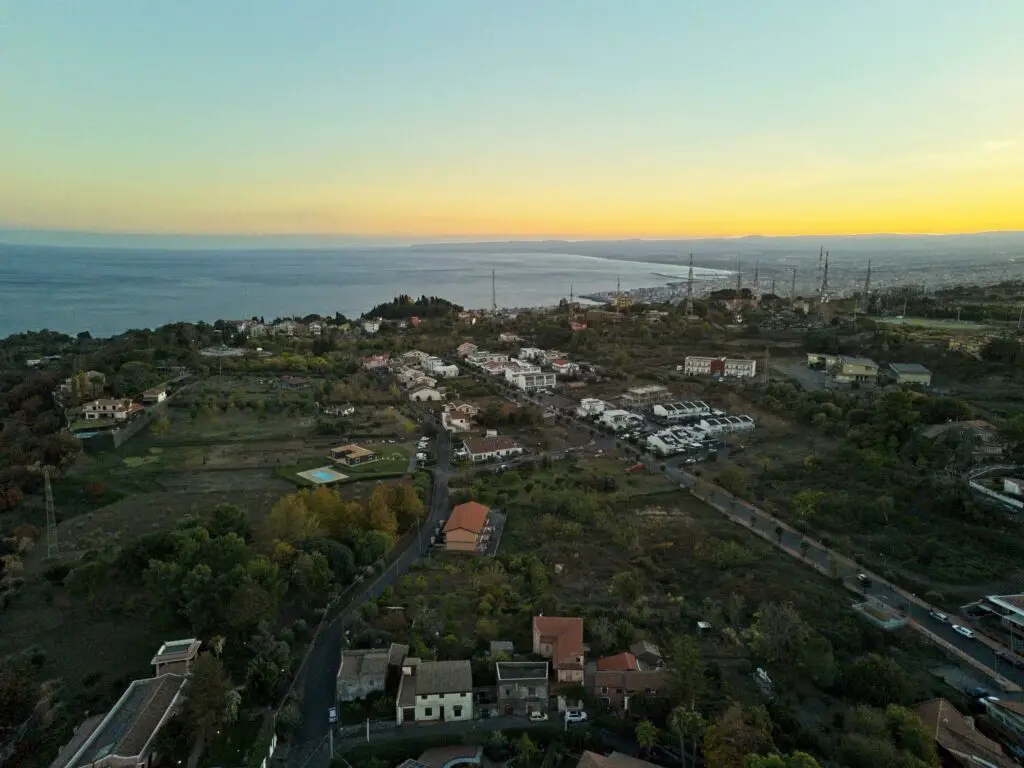
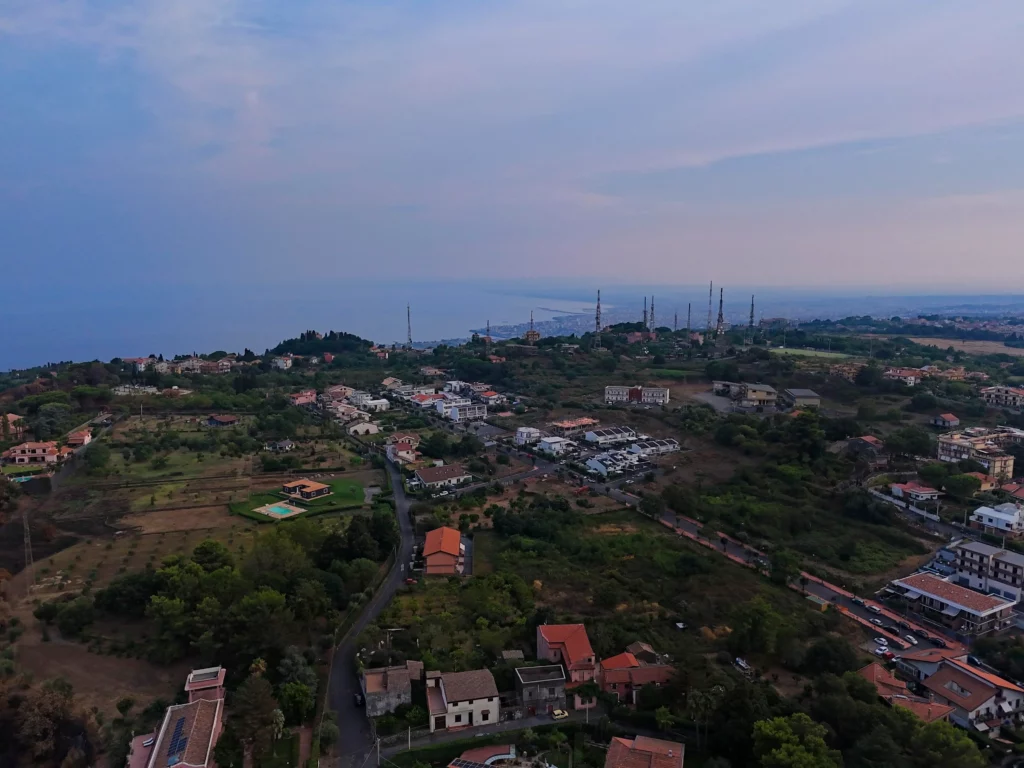
Low Light
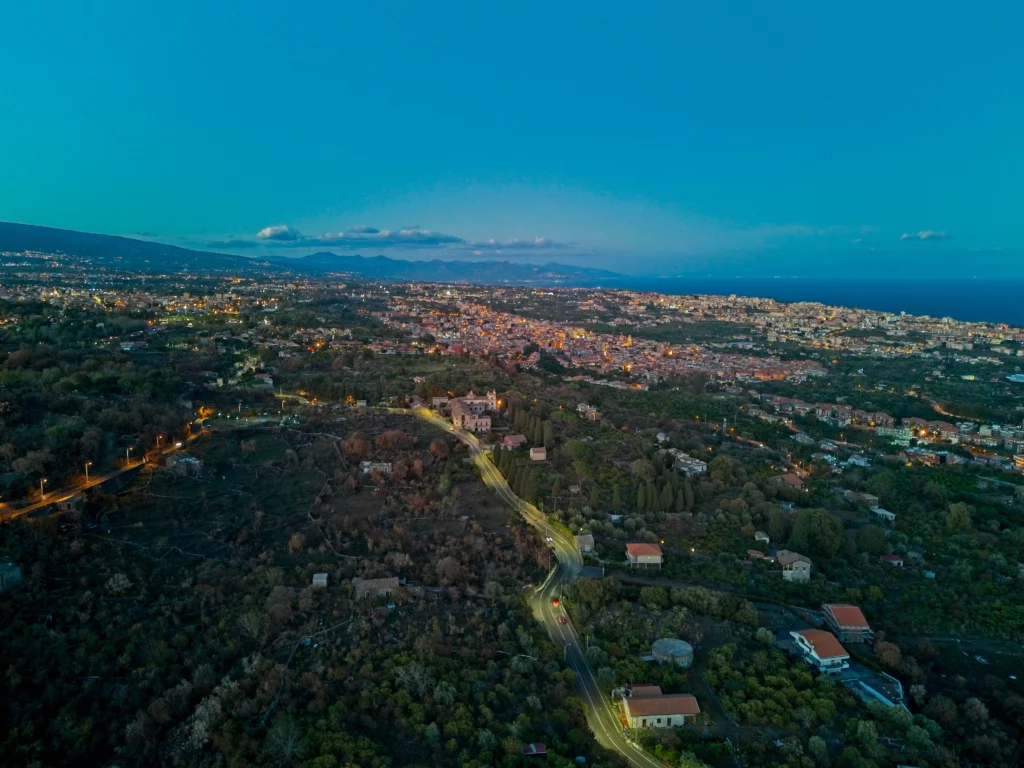
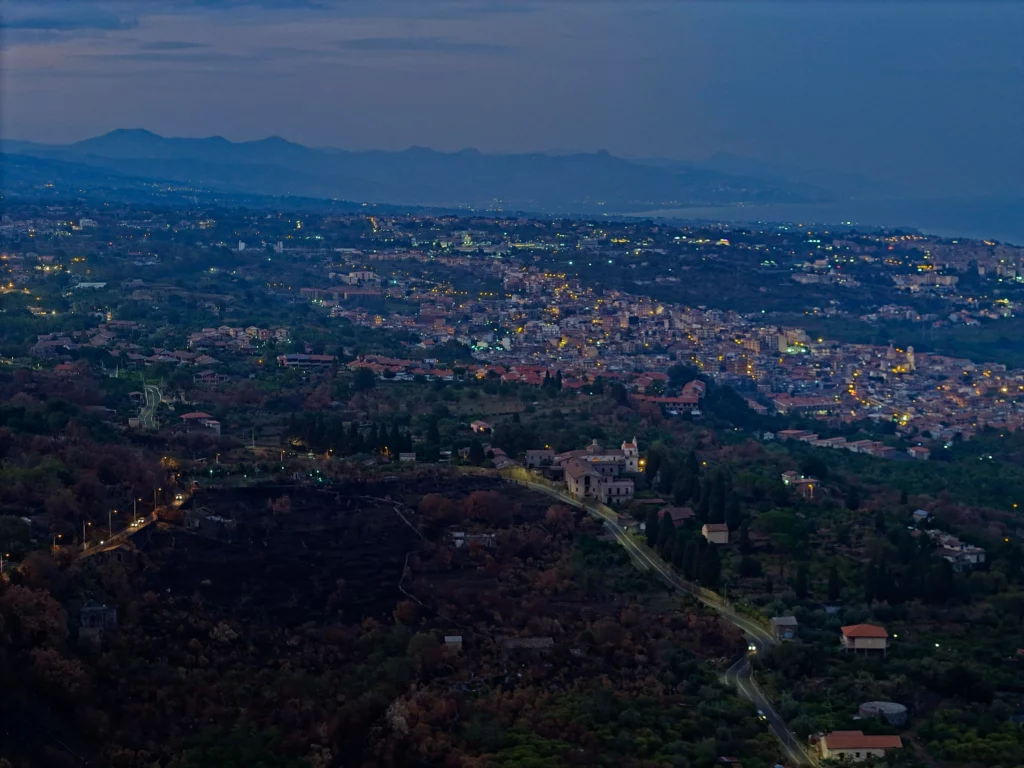
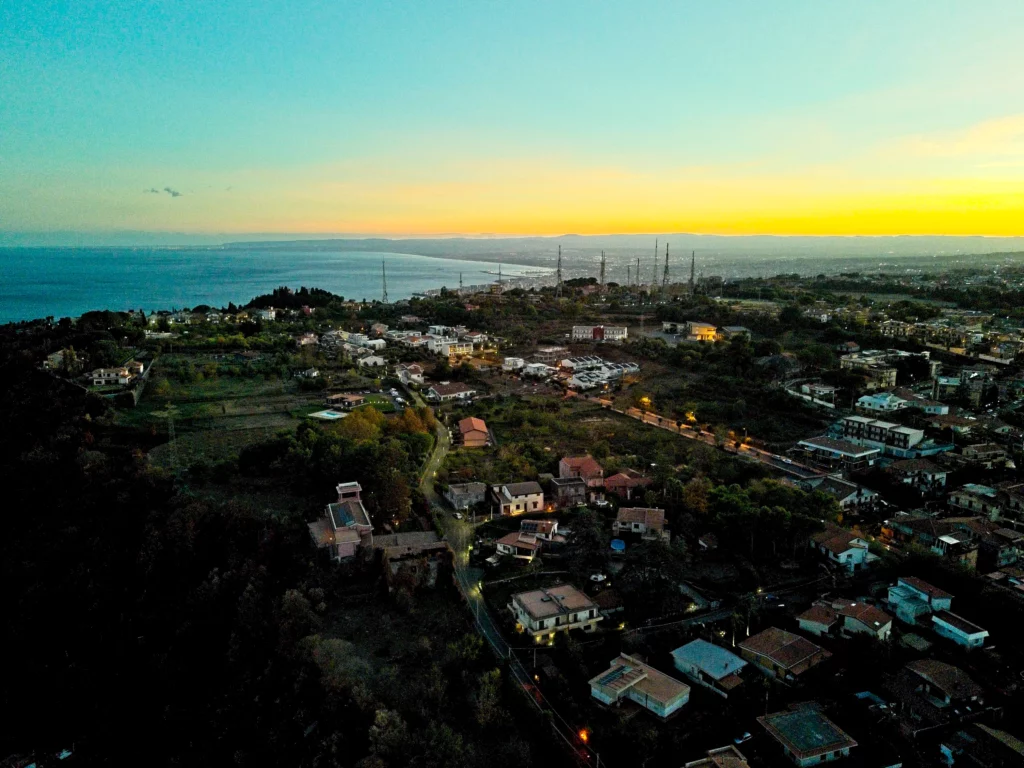
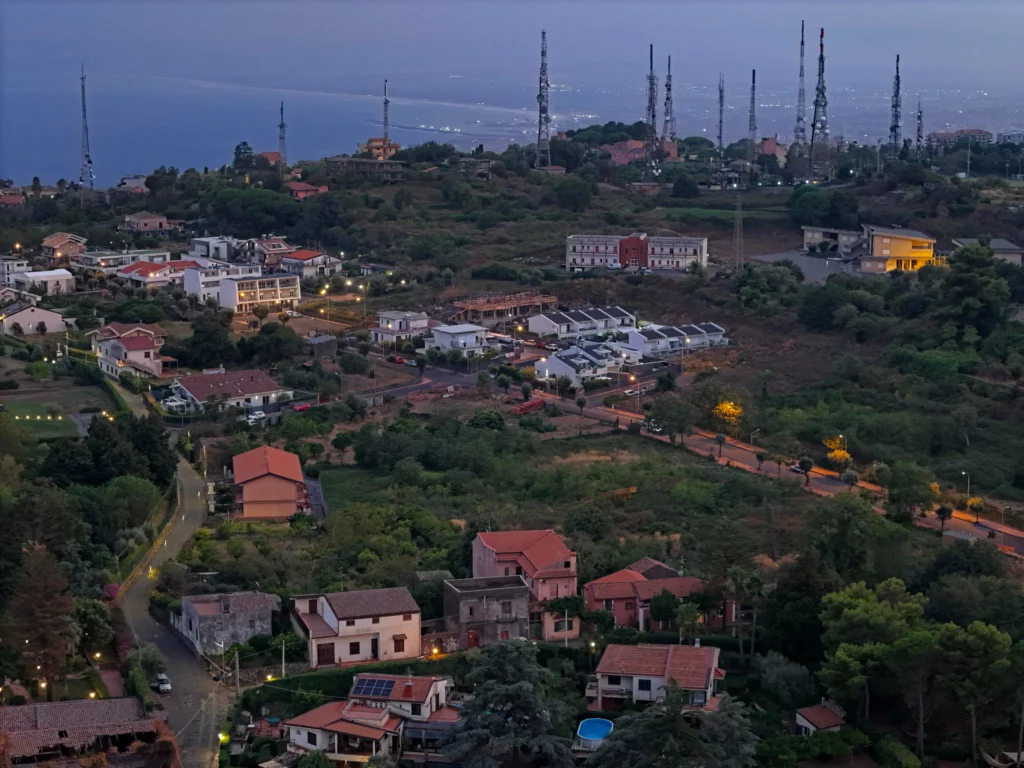
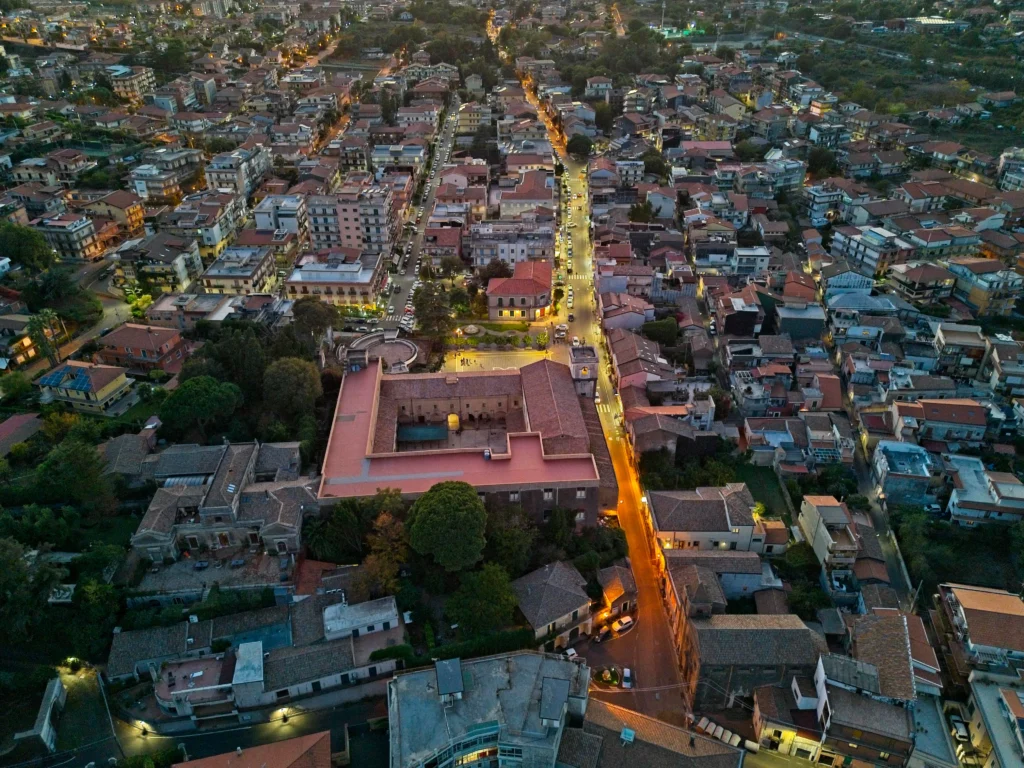
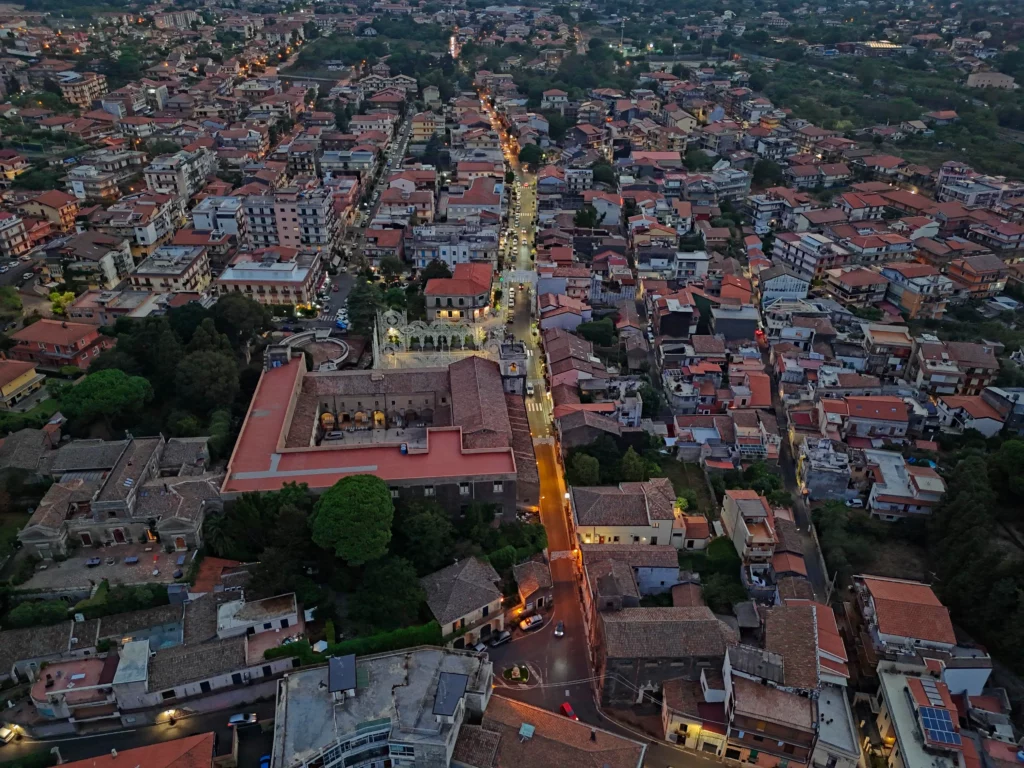
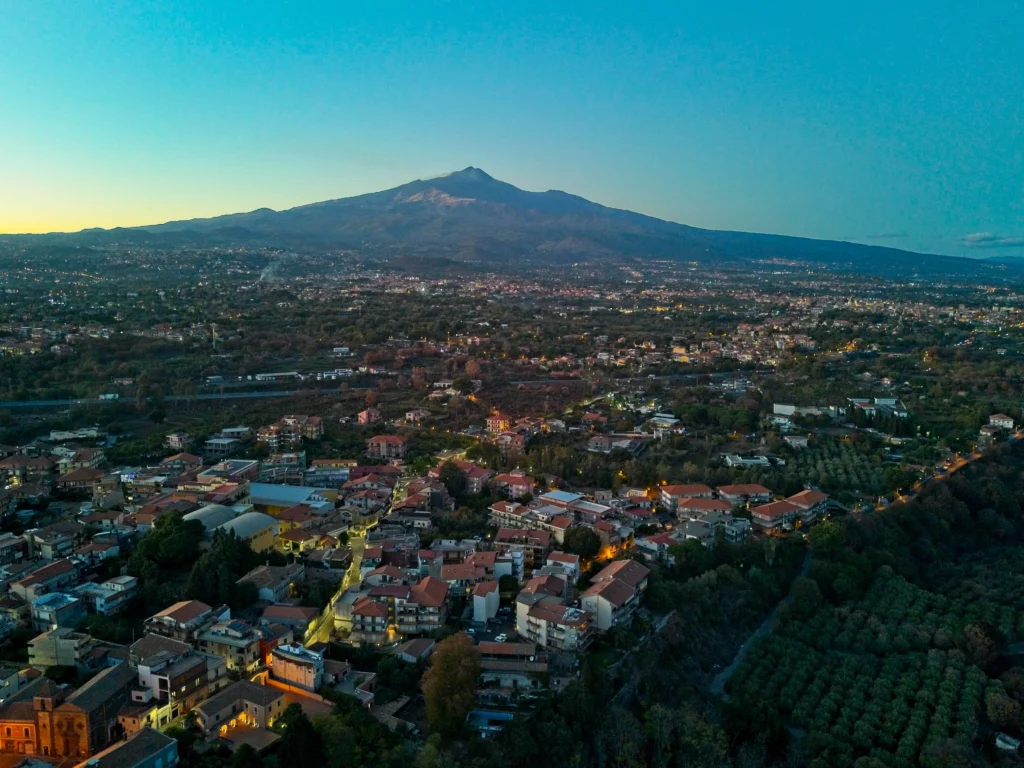
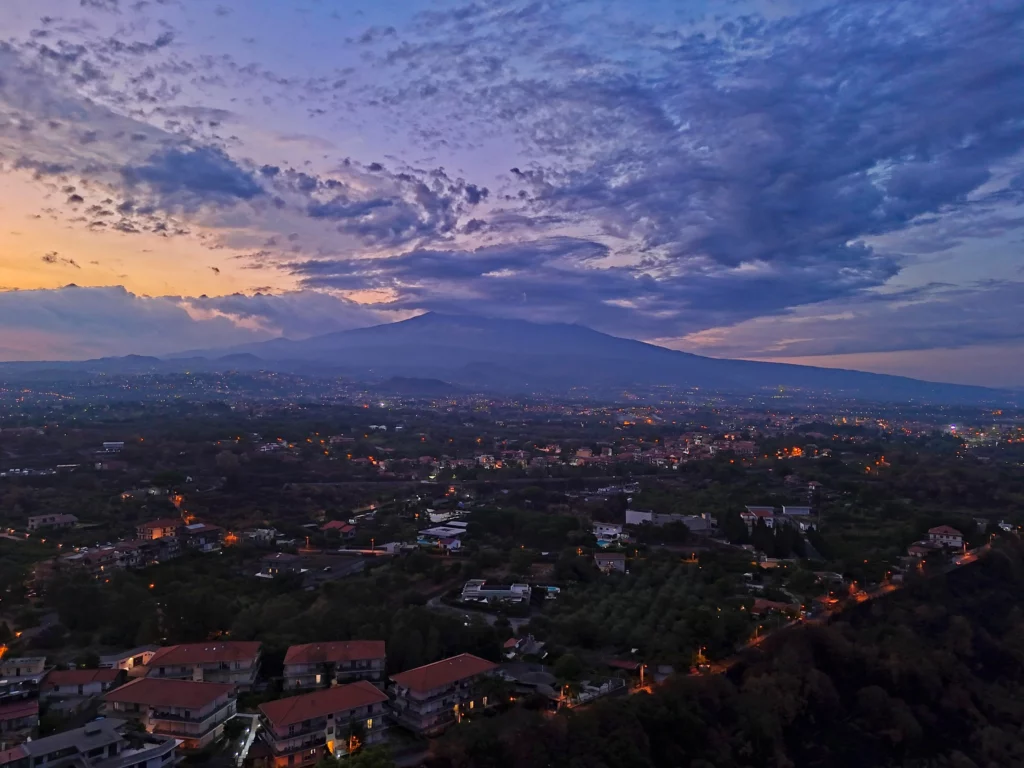
Air 3: Wide-Angle vs Telephoto Lens
